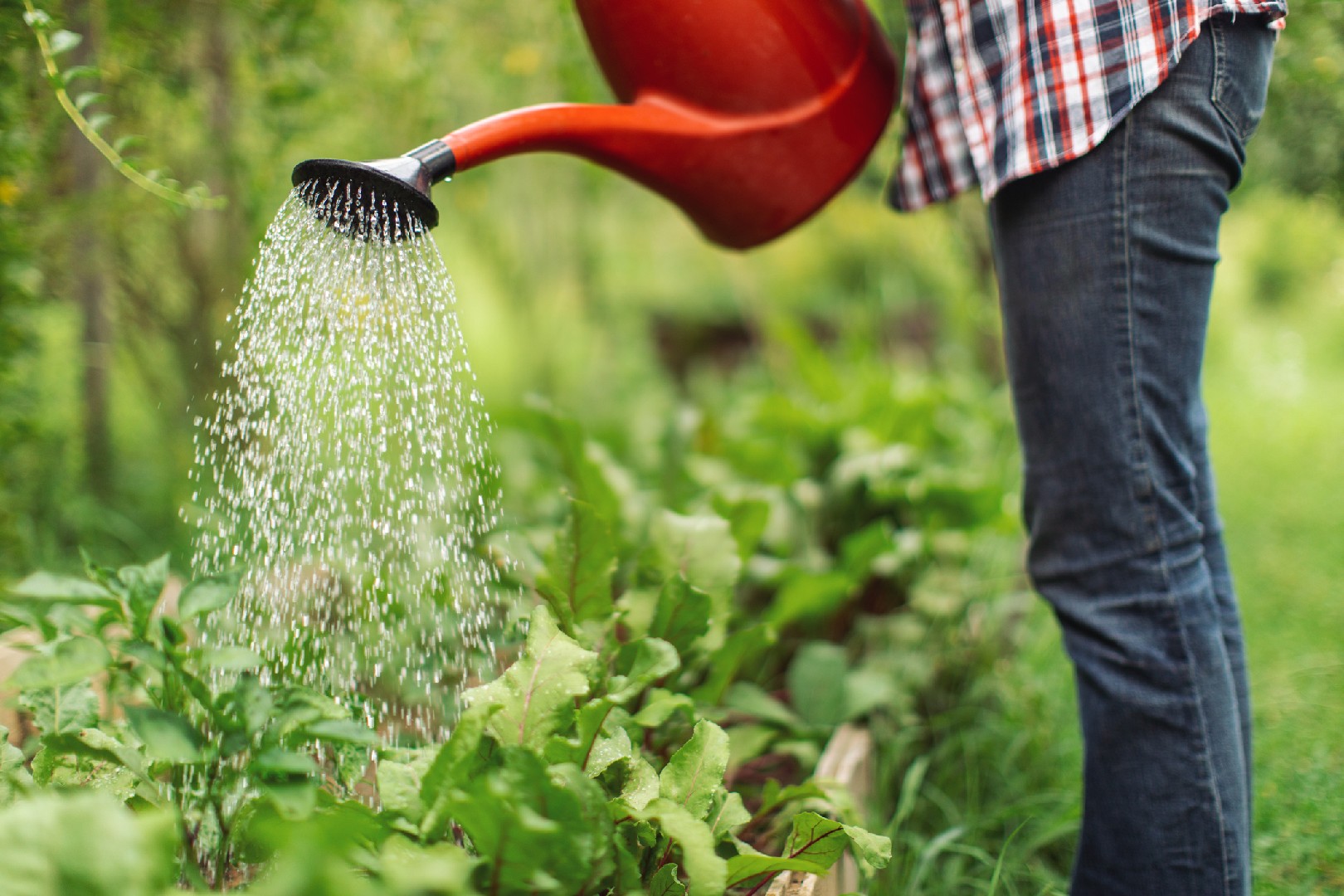![Rectangle]()
Deciding the Best Watering Technique for Your Garden
When it comes to watering your garden, there are several factors to consider in order to determine the best technique for optimal hydration. These factors include your local climate, soil type, and specific gardening goals. By carefully considering these variables, you can ensure that your plants receive the right amount of water at the right time.
One important consideration is your local climate. Different climates have different levels of rainfall and evaporation rates, which can impact how often and how much you need to water your garden. For example, if you live in a hot and dry climate, you may need to water your garden more frequently than someone who lives in a cooler and more humid region.
Another factor to consider is your soil type. Some soils, like clay, tend to retain water for longer periods of time, while others, like sandy soil, drain quickly. Understanding the characteristics of your soil can help you determine the frequency and duration of watering. For clay soil, it may be necessary to water less frequently but for longer periods, allowing the water to penetrate deeply. Sandy soil, on the other hand, may require more frequent but shorter watering sessions.
Your specific gardening goals should also be taken into account when deciding on a watering technique. If you have a vegetable garden, for example, you may need to water more frequently to promote healthy growth and prevent stress. On the other hand, if you have a xeriscape garden that is designed to conserve water, you may choose a watering technique that minimizes water usage.
Trial and flexibility are key when it comes to determining the best watering technique for your garden. Different plants may have different watering needs, so it's important to observe and adjust your watering routine accordingly. Additionally, factors such as rainfall, temperature, and plant growth stage can also impact watering requirements.
Regardless of the watering technique you choose, consistency in your watering schedule is crucial. Plants thrive when they receive a consistent and balanced water supply. Avoid overwatering or underwatering your garden by establishing a regular watering routine and sticking to it.
In conclusion, deciding the best watering technique for your garden requires careful consideration of your local climate, soil type, and specific gardening goals. By understanding these factors and being flexible in your approach, you can ensure that your plants receive the optimal hydration they need to thrive. Consistency in watering schedule is also important to promote healthy plant growth. With these tips in mind, you can enjoy a flourishing garden that is well-hydrated and full of life.





